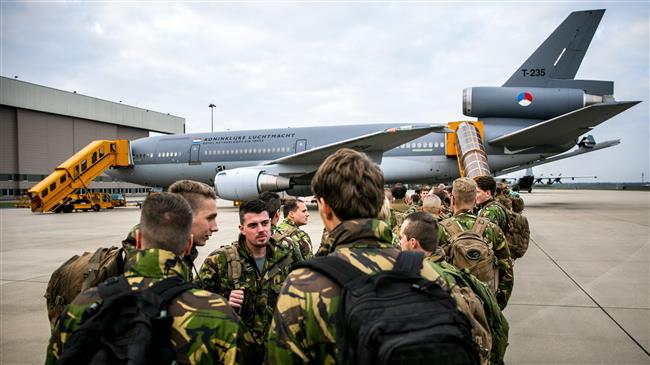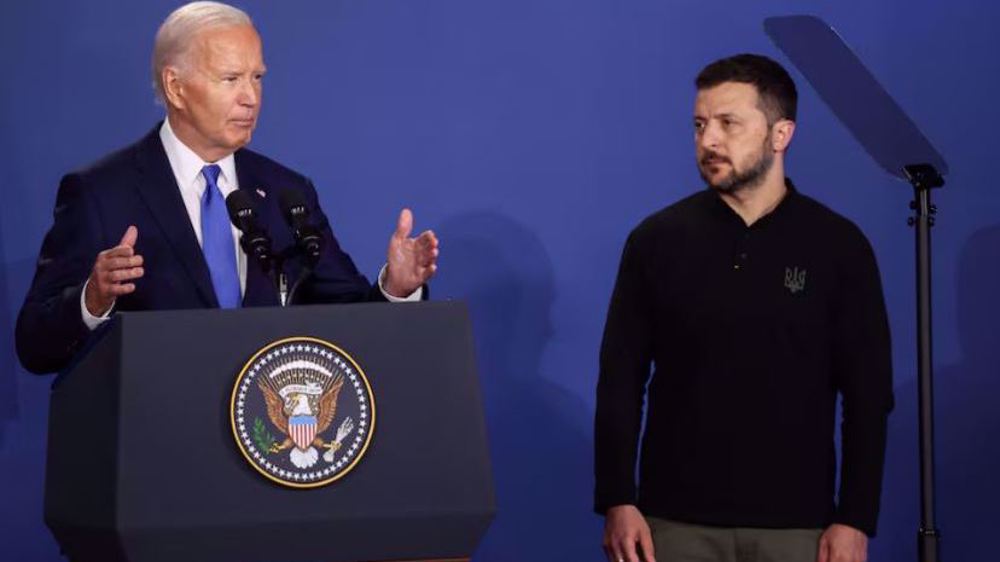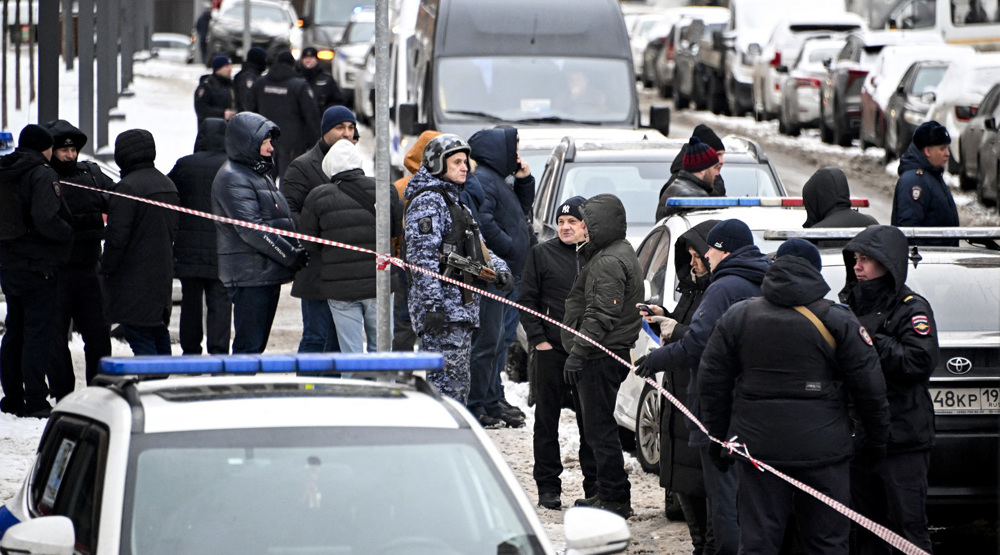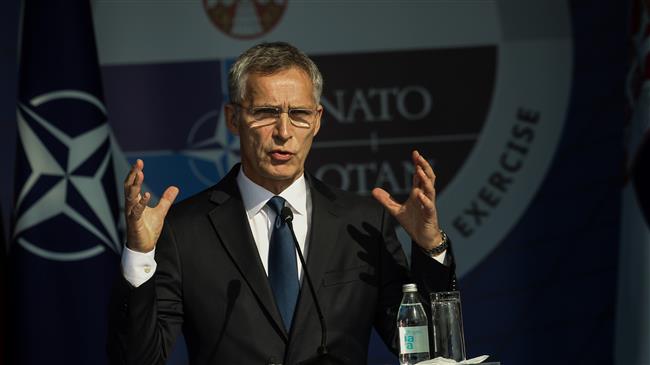NATO launches military drills in Norway, alarming Russia
Tens of thousands of NATO troops are deployed to Norway for one of the biggest military exercises of the military bloc since the end of the Cold War.
Norway will host the so-called Trident Juncture 18 from Thursday, October 25, to November 7.
The military exercises, with the declared goal of training to defend NATO member states against potential threats, involve some 50,000 soldiers, 10,000 vehicles, 65 ships, and 250 aircraft from 31 countries.
“In recent years, Europe’s security environment has significantly deteriorated,” NATO Secretary General Jens Stoltenberg claimed. “Trident Juncture sends a clear message to our nations and to any potential adversary. NATO does not seek confrontation but we stand ready to defend all allies against any threat.”
The head of NATO’s Allied Joint Force Command, US Navy Admiral James Foggo, also said the exercise was intended to “show NATO is capable to defend against any adversary. Not a particular country, anyone.”
Despite those broad assertions, NATO drills are practically aimed at Russia. The Western military alliance severed ties with Moscow in 2014, after the Crimean Peninsula voted in a referendum to be attached to Russian territory.
Accusing Moscow of meddling in an armed conflict in Ukraine’s east, NATO has been sending troops and weapons to Russia’s western borders while simulating military confrontations with Russia by staging massive drills in the region. Moscow denies that it is involved in the Ukrainian conflict.
NATO claims that it intends to protect its members in Eastern Europe against the so-called “Russia threat.” Moscow, generally unsettled by NATO’s move eastward, dismisses the allegation that it poses a threat to regional countries and says the US-led bloc is spreading Russophobia.
In addition to NATO’s 29 member countries, Norway’s neighbors Sweden and Finland will be participating in the Trident Juncture exercises.
Two Russian and two Belarusian military observers have been invited to watch the maneuvers.

“The core exercise area is 1,000 kilometers from the Russian border, and air operations could take place up to 500 kilometers away from the border,” Norwegian Lieutenant General Rune Jakobsen said.
“There should not be any reason for the Russians to get scared or see this as anything other than a defensive exercise,” he said.
‘Anti-Russian’
Yet, the Russian Embassy in Oslo said it viewed Trident Juncture 18 as an “anti-Russian” exercise that would worsen Norway’s relations with Moscow and could escalate tensions on NATO’s so-called northern flank.
“Such activity... comes across as provocative, even if you try to justify it as being of a purely defensive nature,” the Russian mission said.
Earlier this month, Russian Foreign Ministry spokeswoman Maria Zakharova denounced NATO’s military drills as “saber-rattling” and warned that Moscow would take “retaliatory measures to ensure its security.”
“The main NATO countries are increasing their military presence in the region, near Russia’s borders,” she said. “Such irresponsible actions are bound to lead to a destabilization of the political situation in the north, to heighten tensions.”
Dec. 22: ‘Axis of Resistance’ operations against Israeli occupation
‘Abhorrent’: Oxfam says only 12 trucks delivered aid in North Gaza since Oct.
VIDEO | Leader receives religious eulogists on Hazrat Fatima birth anniv.
Pope Francis slams Israel’s ‘machine-gunning’ of Gaza children
US hostage-taking of Iranian nationals violation of intl. law: Deputy FM
VIDEO | Carol Singers for Palestine on London’s Parliament Square
Ansarullah says ‘Israeli terrorists’ incapable of confronting Yemen, warns of secret weapons
VIDEO | Yemenis praise the military for its successful operations against Israel















 This makes it easy to access the Press TV website
This makes it easy to access the Press TV website